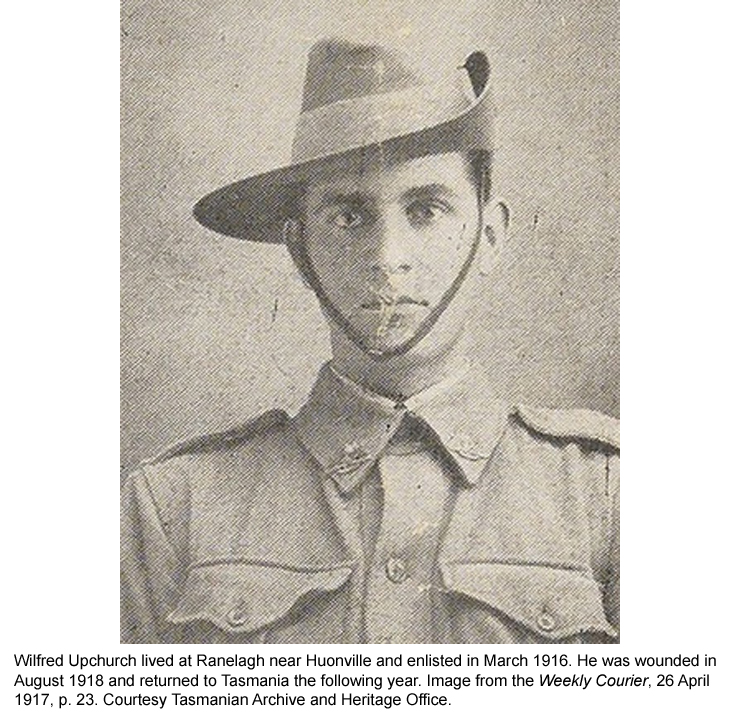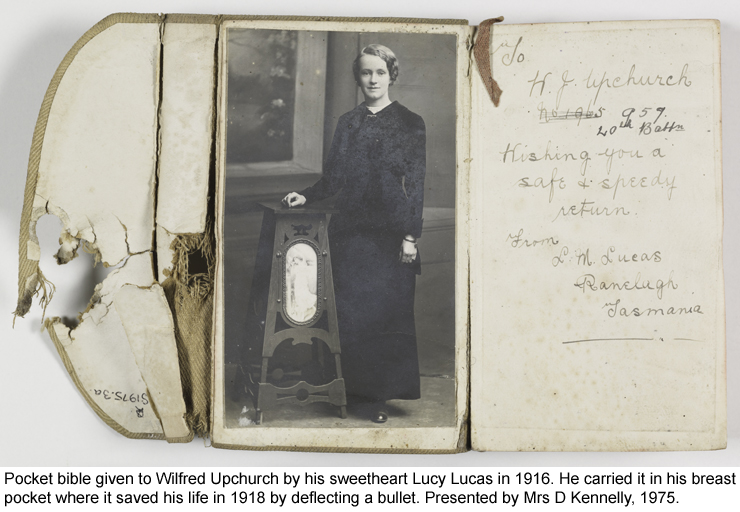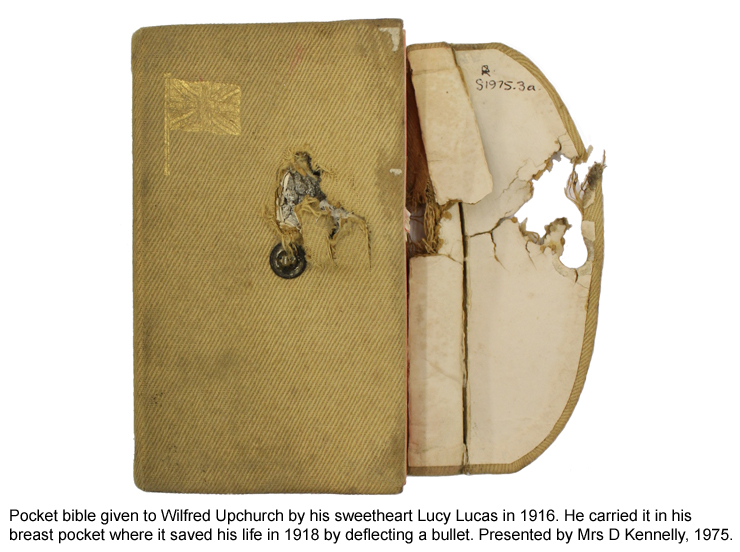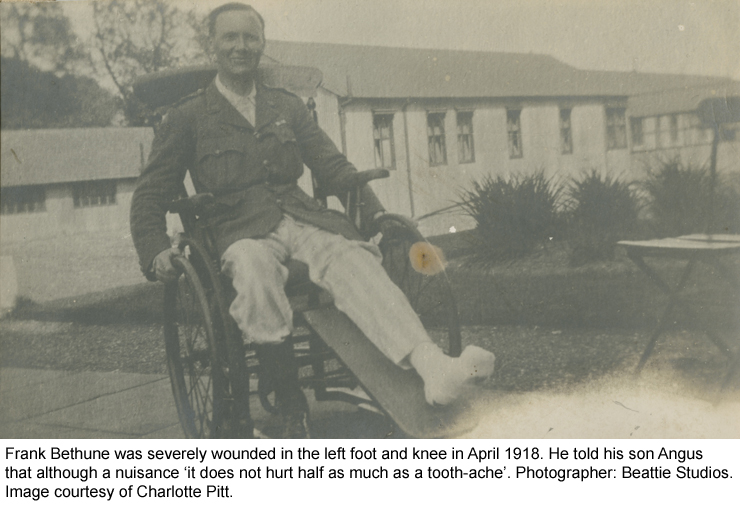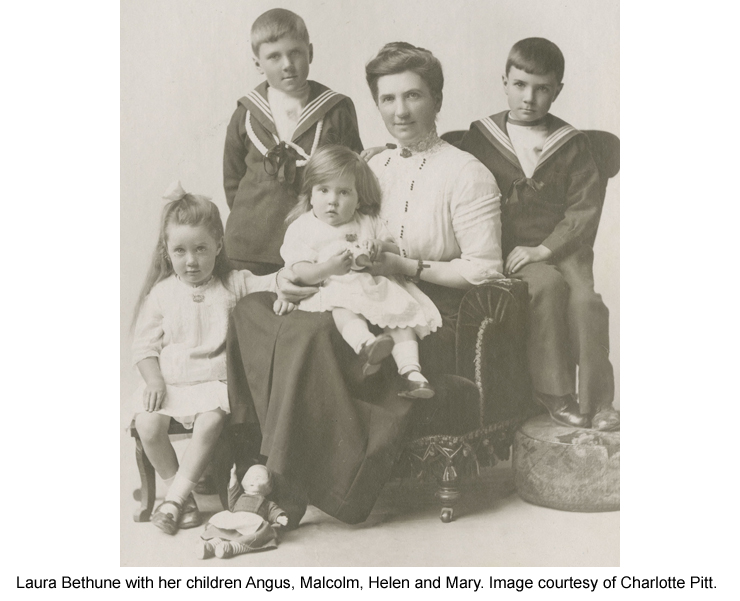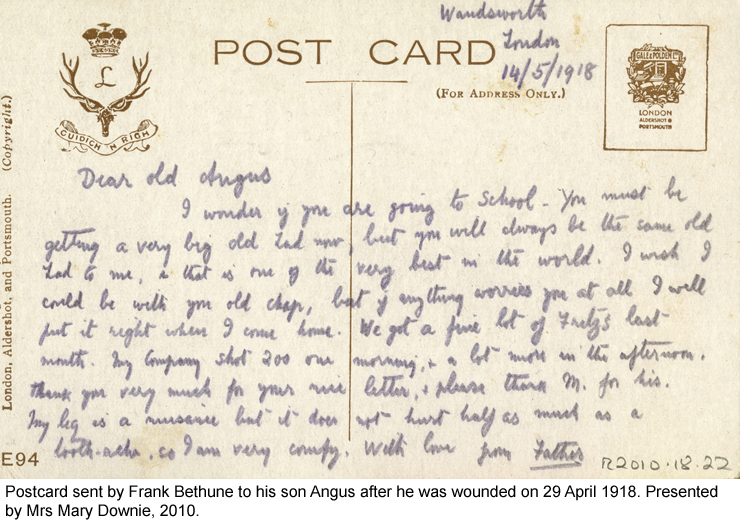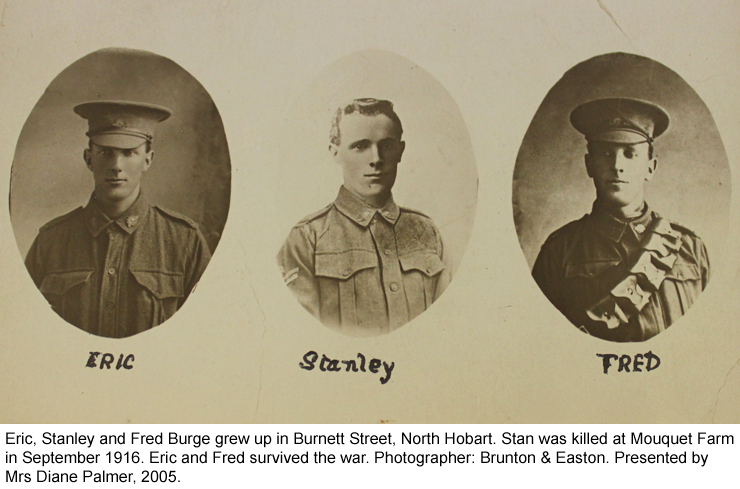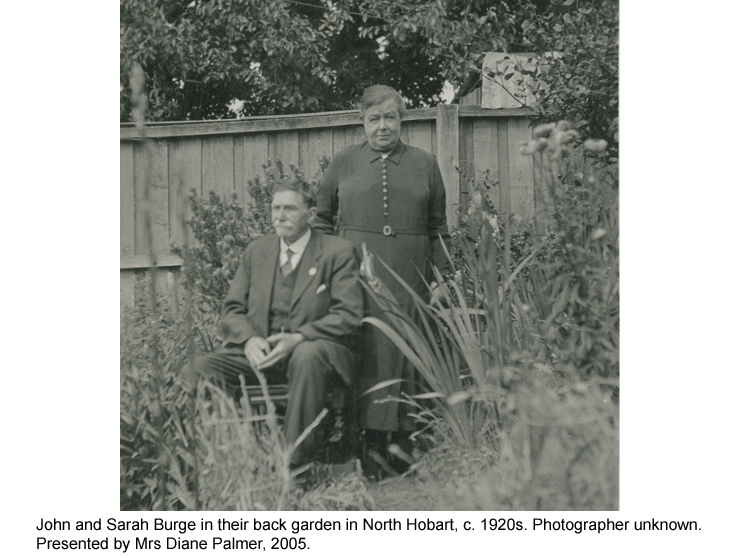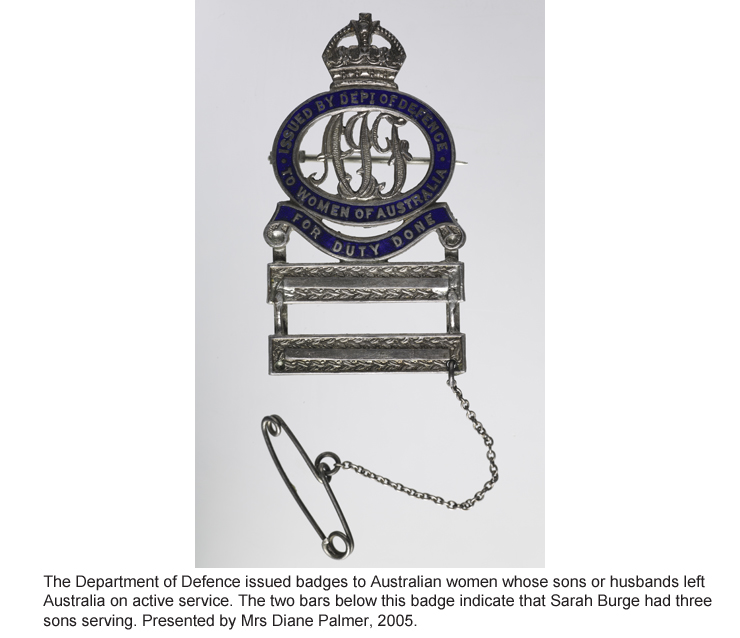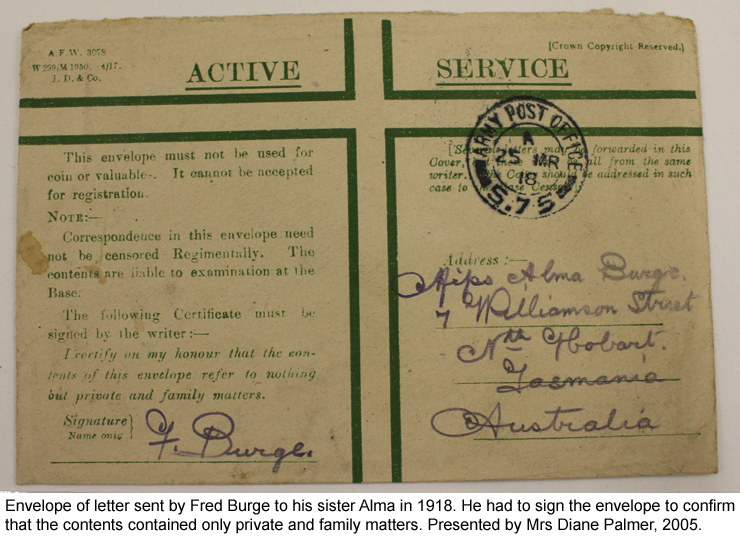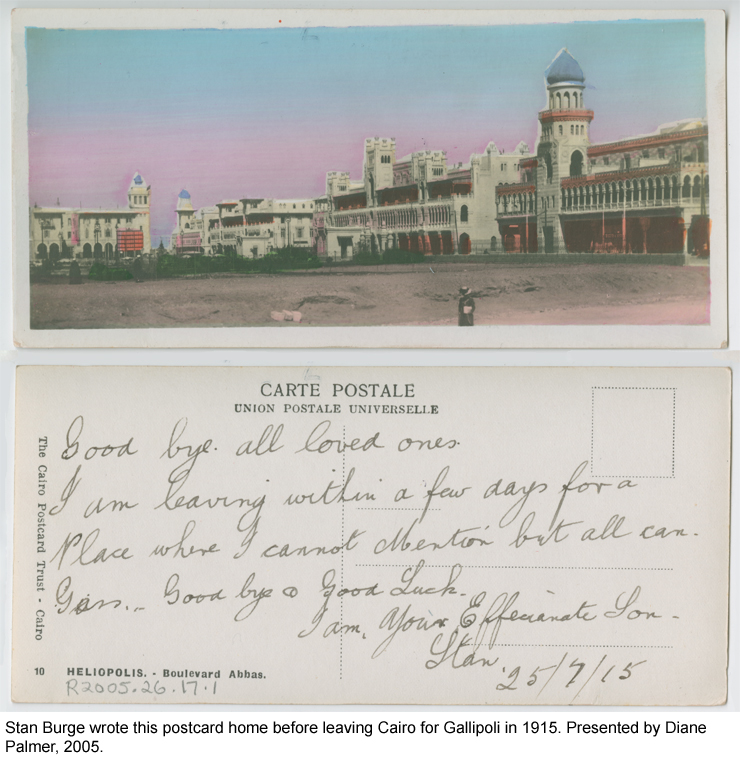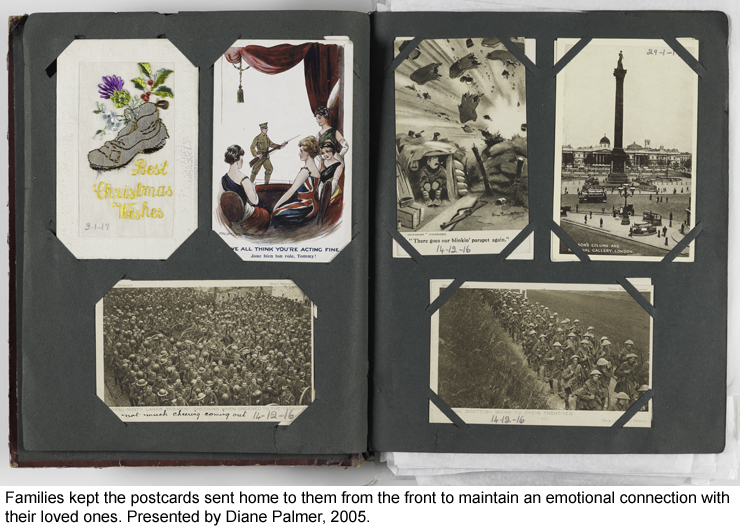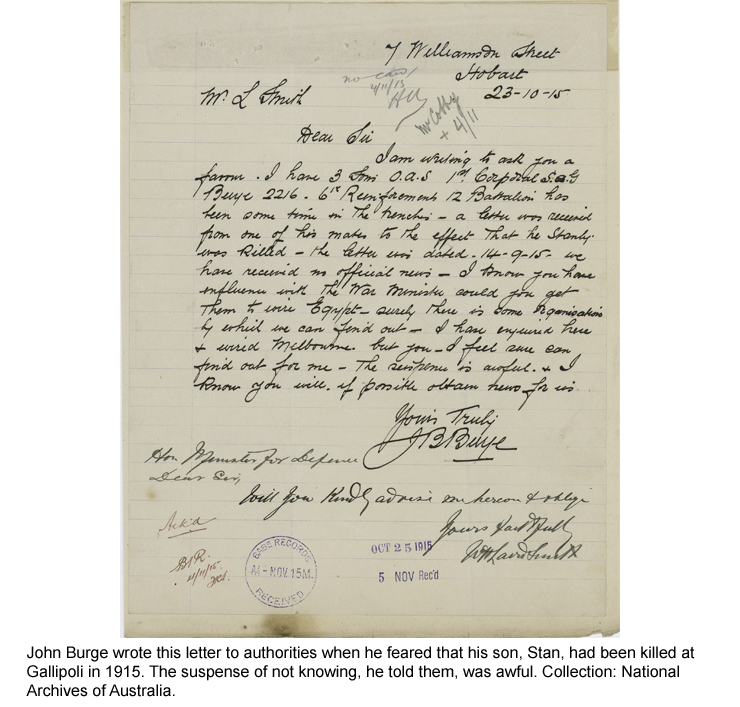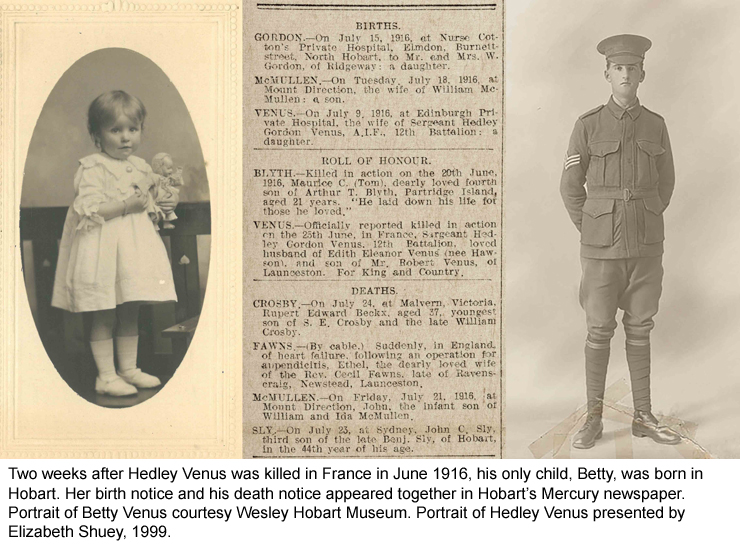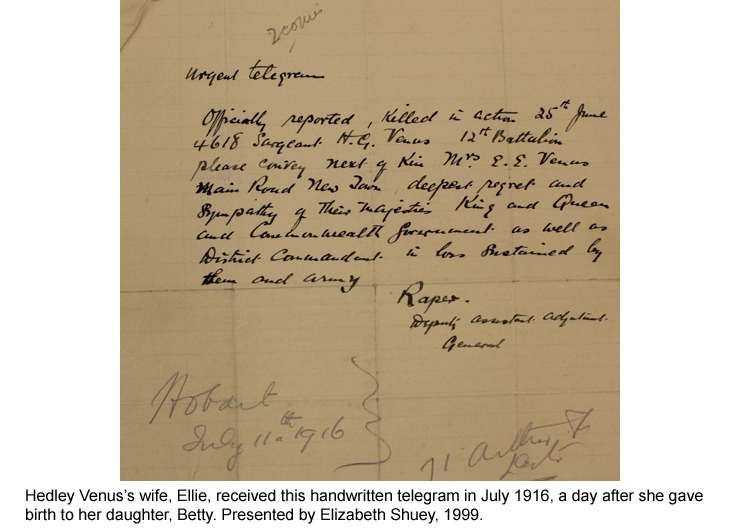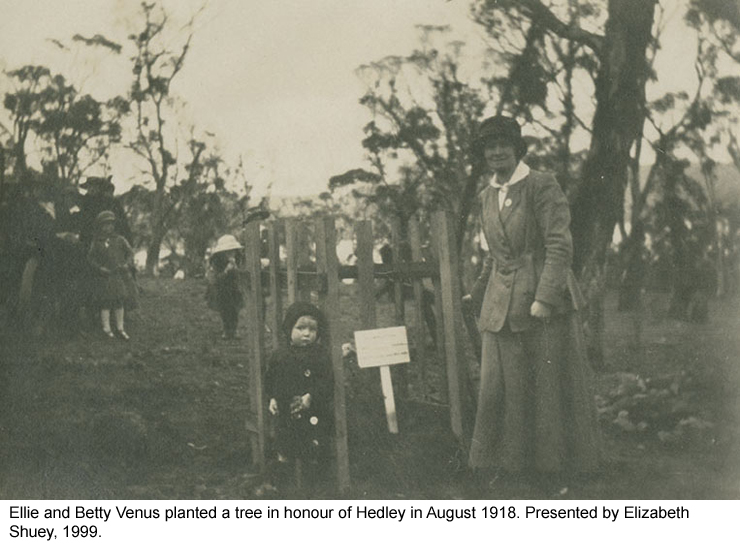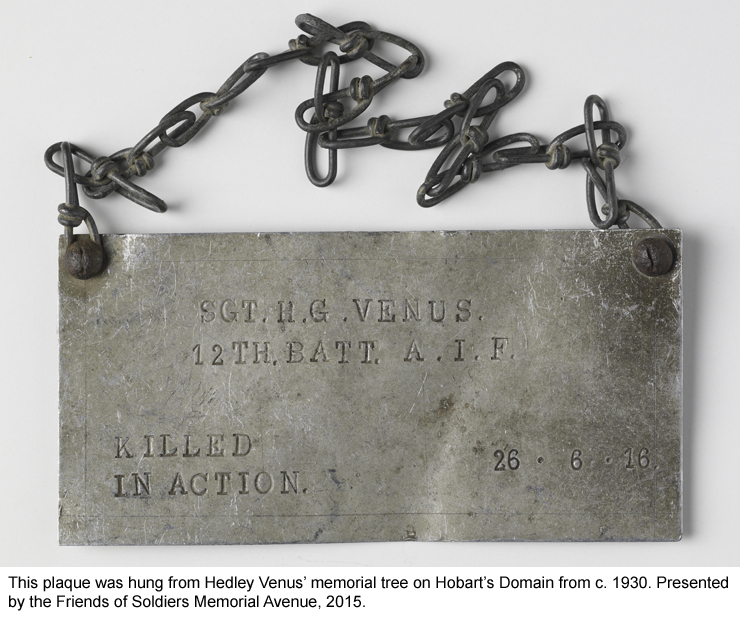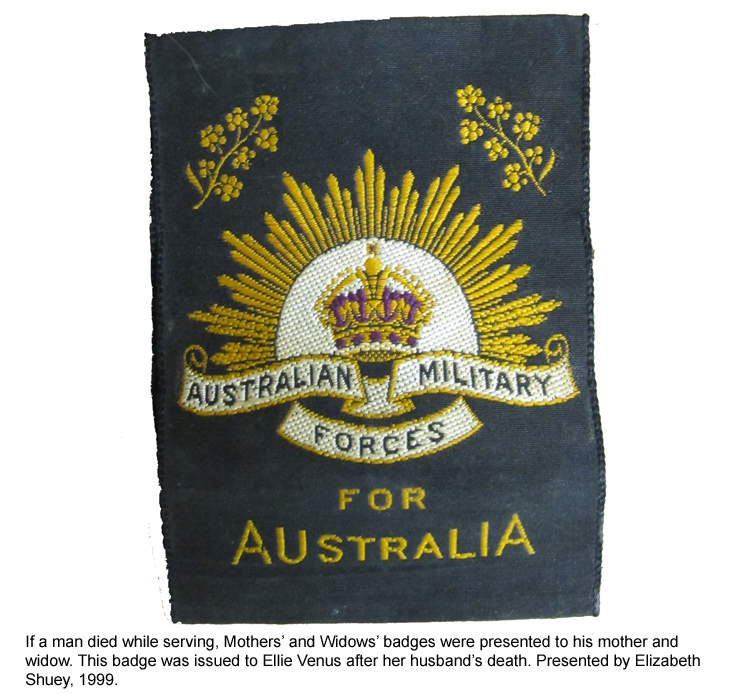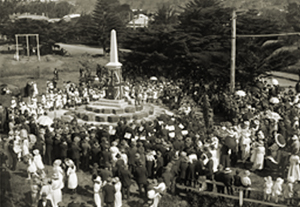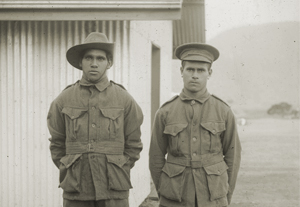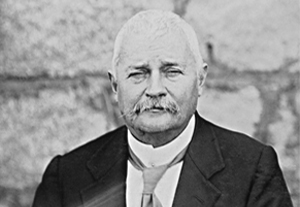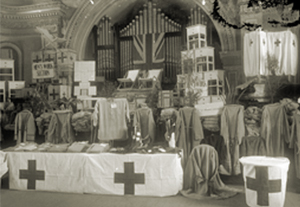Waiting
During the Great War, Tasmanian families suffered anxiety wrought by distance. What would become of their sons, daughters, husbands and fathers? Why was the local priest walking up the front path looking so serious?
Today, serving soldiers can be in instant contact with their families and friends using modern technology. In 1916, mail took several weeks to travel between Australia and the front line. Tasmanian families waited anxiously for news. Often they received letters from loved ones weeks after being notified of their deaths. The impact was devastating.
Letters and postcards reassured Tasmanians that their loved ones at the front were unhurt. Sometimes servicemen revealed the horrors faced in the trenches – more often they did not.
Drawn from TMAG’s rich collection, these images illustrate how the war impacted on Tasmanians at home and how family, friends and the wider community coped with the prolonged absence – and often death – of their loved ones.
Visit the Resources section of this website to learn more about the unbearable wait some families endured.
